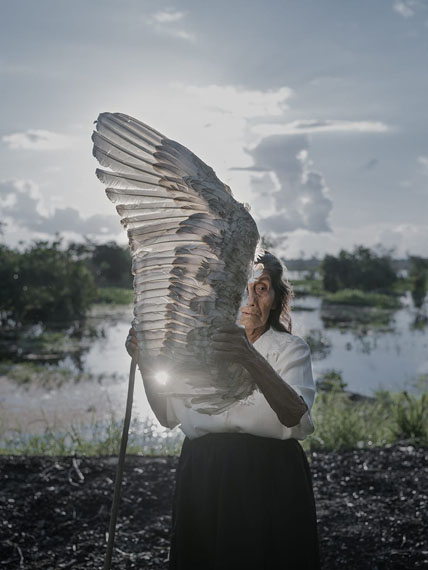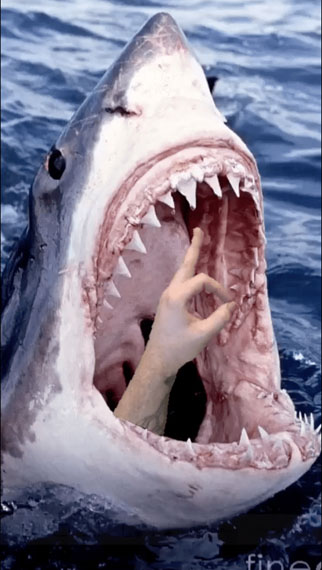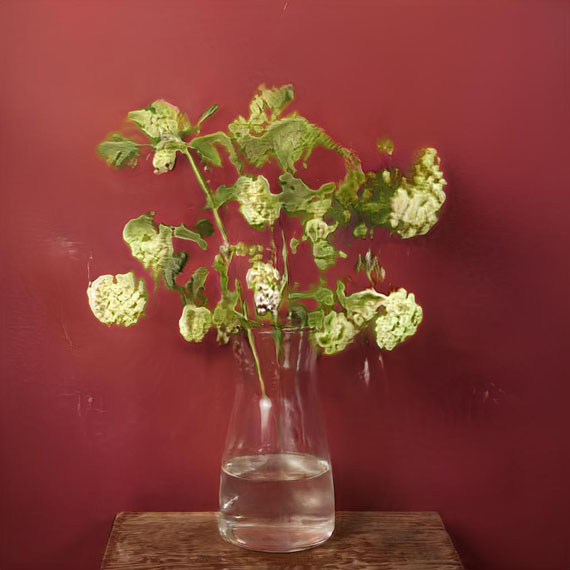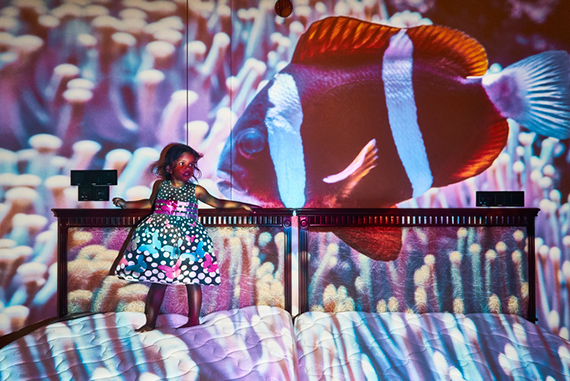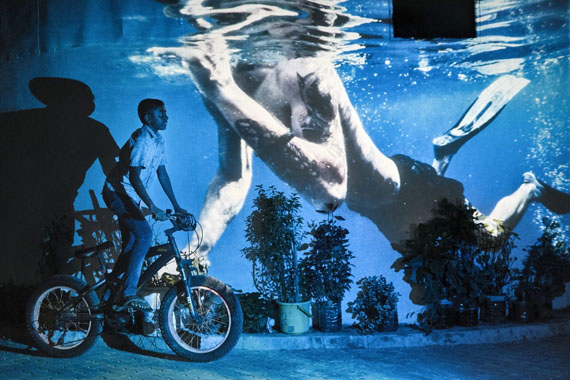
FESTIVAL IMAGES 2020
Unexpected. Le hasard des choses.
Refik Anadol » Gaia Baur » Beni Bischof » Christian Boltanski » Aladin Borioli » Brodbeck & de Barbuat » Alain Bublex » Céline Burnand » Juno Calypso » Julian Charrière » Jean-Marie Donat » Edoardo Delille & Giulia Piermartiri » Fischli & Weiss » Fontanesi » Alina Frieske » Peter Funch » Stephen Gill » Sébastien Girard » Hans Gissinger » Duy Hoàng » Benoît Jeannet » Vincent Jendly » Kensuke Koike & Thomas Sauvin » Lebohang Kganye » Mario Klingemann » André Kuenzy » Jack Latham » Lei Lei » Andrea Mastrovito » Mehdi Benkler & Emilien Colin » Jeff Mermelstein » Stephanie Montes » Gloria Oyarzabal » Abraham Poincheval » Kristine Potter » Robert Pufleb & Nadine Schlieper » Maurice Schobinger » Stephen Shore » Dayanita Singh » Matt Stuart » Batia Suter » Taiyo Onorato & Nico Krebs » Teresa Hubbard / Alexander Birchler » Hayahisa Tomiyasu » Penelope Umbrico » Alberto Vieceli » Julius von Bismarck » Annie Wang » Yann Gross & Arguiñe Escandón » & others
Festival: 5 Sep – 27 Sep 2020
Sat 5 Sep
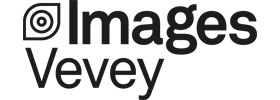
Fondation Vevey ville d'images
Chemin du Verger 10
1800 Vevey
+41(0)21-9224854
Festival Images Vevey
"Unexpected. Le hasard des choses"
5 – 27 September, 2020
Official opening: Saturday, 5 September
From 5 to 27 September, Festival Images will once again transform the city of Vevey into a free-access open-air museum: 59 artists hailing from 17 countries will present 49 indoor and outdoor projects over 3 weeks around the theme: Unexpected. Le hasard des choses
All exhibitions are free of charge for the duration of the Festival.
All indoor exhibitions are accessible daily from 11:00 until 19:00.
www.images.ch
Just as it does every other year in September, Festival Images will offer its unique concept of outdoor photography exhibitions in the streets and the parks of Vevey and other unusual venues, with collaboration from the entities that ensure Vevey’s status as a city of images all year round: museums, schools, galleries and Vevey-based artist collectives. Some fifty projects will be featured,
including works produced thanks to the Grand Prix Images Vevey 2019/2020, whose international jury was chaired by the artist Dayanita Singh.
Thought up some ten months ago, the theme of this 2020 festival, "Unexpected. Le hasard des choses." now strangely echoes the global health situation. Based on the phenomenon of chance, Festival Images Vevey has set itself the objective of gathering together the works of artists that focus on the unexpected and the unpredictable role of fate. In light-hearted or more serious ways, these endeavours reveal to the visitor how much social issues and moments in life involve a share of unpredictability, chance and luck and how this random dimension inspires artistic creation.
By presenting established artists alongside up-and-coming talent, the Festival Images programme satisfies the curiosity of specialists and the general public alike. The featured artistic projects invite the visitors to experience images in a different way through monumental installations and scenography that is often unusual… Whether it is in a former prison, a church, a forge or a theatre, Festival Images has the particularity of custom designing its exhibitions in order to strike the perfect balance between the works and the place in which they are exhibited.
A website with a simple and streamlined design features Images Vevey’s three main activities, i.e.
Festival Images, Espace Images and the Grand Prix Images: www.images.ch
Festival trailer: Vimeo
The programme of Images Vevey since 2008 can be (re)discovered using a
directory designed as a search engine in the Images Vevey Artist tab: www.images.ch/archives
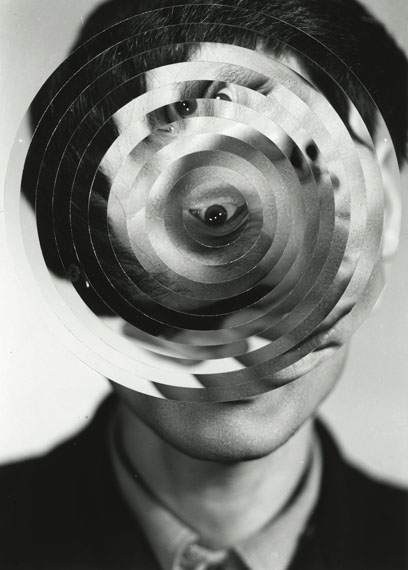
Edoardo Delille & Giulia Piermartiri - Italy (1974 & 1990)
"Diving Maldives"
According to data from the United Nations, the Maldives is likely to be one of the first countries to disappear as a result of climate change. This situation is leading the authorities to consider solutions to expatriate the population to host countries. With the current rate of global warming, 80% of this archipelago’s 1200 islands could become submerged by the year 2050. The Diving Maldives series illustrates this unfathomable fact in an utterly unexpected and suggestive way. The artists collated underwater photographs taken by tourists when diving, then, with the help of a projector, they cast these images onto the walls of the homes of the indigenous population. These very same people pose knowing that they will be inevitably forced into ecological exile.
Kensuke Koike & Thomas Sauvin – Japan (1980) & France (1983)
"No More, No Less"
Kensuke Koike and Thomas Sauvin combined their creative strengths to produce their No More No Less series. This project stems from an album of black and white headshots made by an anonymous Shanghai University photography student in the 1980s. Thomas Sauvin discovered these photographs and called on Kensuke Koike’s vivid imagination to give them new life. They decided to transform these relics from the past abiding by one strict rule: Nothing was to be removed and nothing added. The Japanese artist used his scalpel and adhesive tape to slice up, dismantle and rearrange each portrait in a surprising psychedelic collage. His utmost precision enabled him to create a new image that consists entirely of itself. Kensuke Koike and Thomas Sauvin use their skill and sense of humour to reinvent images that were destined to be forgotten. Together, they transform something commonplace into something to dream about.
Yann Gross & Arguiñe Escandón - Switzerland (1981) & Spain (1979)
"Aya"
Yann Gross and Arguiñe Escandón created their "Aya project" (which means "spirit" in Quechua) based on the work of Charles Kroehle, a 19th-century French-German pioneer in ethnographic photography. According to popular legend, he supposedly disappeared in the Peruvian Amazon. The Aya series uses both historical and contemporary images, and was created in the heart of the rainforest, to propose a dialogue between the representation of exoticism and the artists’ sensory impressions from time spent with various indigenous communities. To infuse their photographs with the real essence of the jungle, Yann Gross and Arguiñe Escandón printed some of them on the spot, benefitting from the photosensitive properties of exotic plants. Their spring 2020 residency at La Becque enabled them to further their research in plant-based photographic development using extracts from local plants.
The exhibition is the fruit of collaboration between Images Vevey and La Becque, an artists’ residence in La Tour-de-Peilz (Vaud) that encourages artistic projects exploring the relationship between technology and nature.
Lebohang Kganye - South Africa (1990)
"Ke sale teng"
Lebohang Kganye is part of the new generation of post-apartheid artists. Her work explores the notions of memory and identity via her own collection of photographs. Her Ke sale teng series comprises an animation film and five dioramas, where silhouettes of her family have been cut out as for shadow puppetry. They come to life to tell the story of the everyday reality of a generation the artist hardly knew. In general, family photo albums are a series of snapshots that have been chosen and arranged to construct a partial narrative that will always be incomplete. According to this South African artist, these images go beyond a simple testimony of past events: They are a medium for projecting our own memories and those passed on to us, and also a space for reinventing our own story.
Beni Bischof - Switzerland (1976)
"Intensity intensifies"
Beni Bischof’s Intensity intensifies series of GIFs was specifically made for Instagram. During the general confinement imposed in spring 2020, this Swiss artist felt a compulsive urge to use this format to create hundreds of animated images. The artist posted them as Instagram stories, hence they automatically disappear after 24 hours. Following a Dadaist approach mixed with a neo-punk spirit, Beni Bischof’s irreverent compositions are both a comment on consumer society and a reminder of the standardisation of images that saturate social media. A large selection of his digital series is screened opposite Vevey’s Astor cinema, built in the 1950s. It is as funny as it is absurd, and fascinatingly insolent.
Jack Latham - United Kingdom (1989)
"Beggar's Honey - Chapter I: Latent Bloom"
Targeted advertisements, suggestions on YouTube, personalised results on search engines… the algorithms used to analyse personal data are becoming more and more precise and surprisingly proactive. Algorithmic procedures are dynamic and adapt to user behaviour. In many ways, their evolutionary skills can be likened to those of living organisms. Jack Latham is fascinated by the organic nature of artificial intelligence and completed the first chapter of his Beggar’s Honey project in spring 2020. He named it Latent Bloom, as it illustrates the transformation of algorithms through images of flowers purchased or picked during the lockdown. His virtual, evanescent, and imperfect floral creations update the familiar emotion these universal tokens of love and affection trigger.
His "Beggar’s Honey" project was awarded the Heidi.news Prize – Reportage by Grand Prix Images Vevey 2019/2020, presided over by Dayanita Singh.
